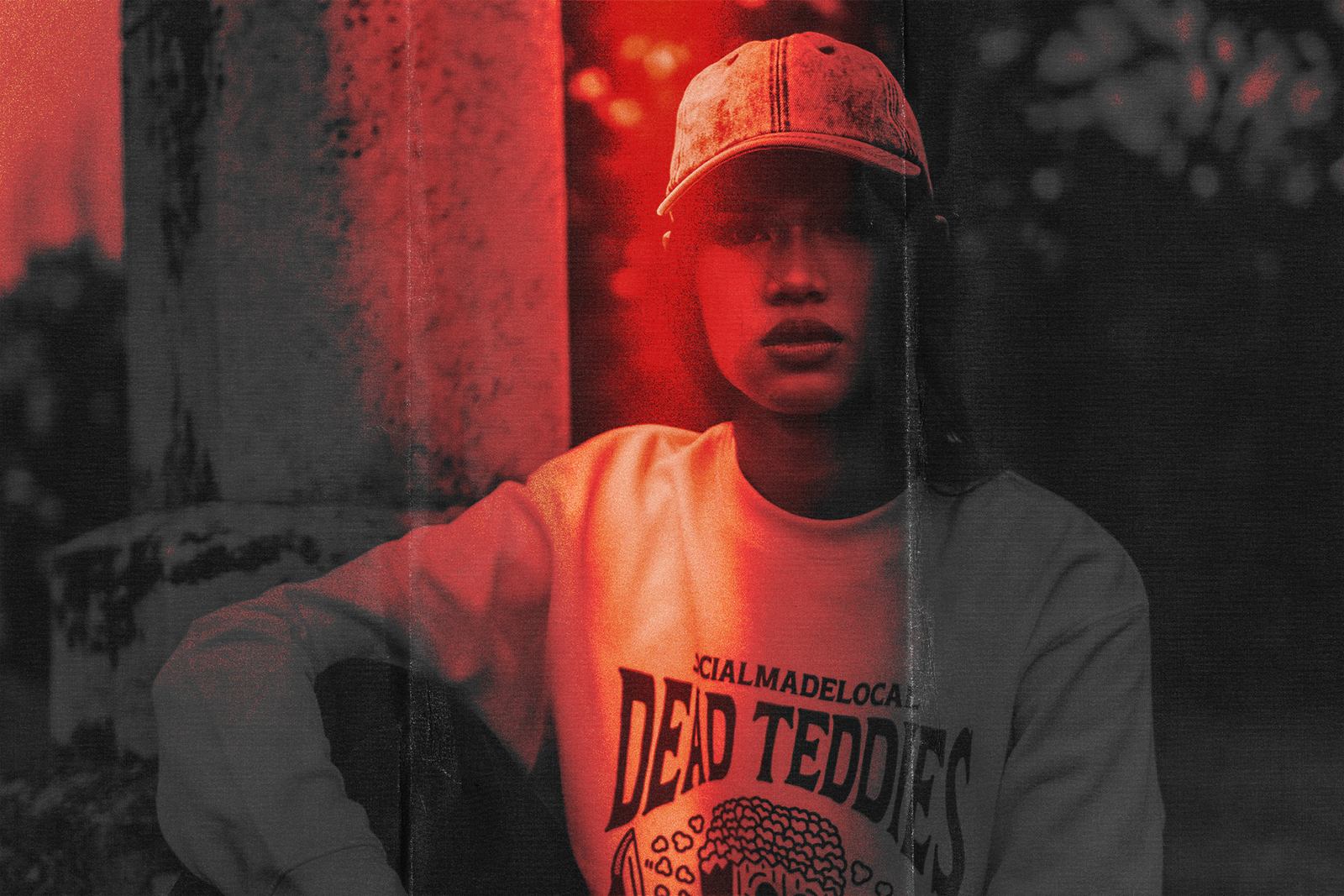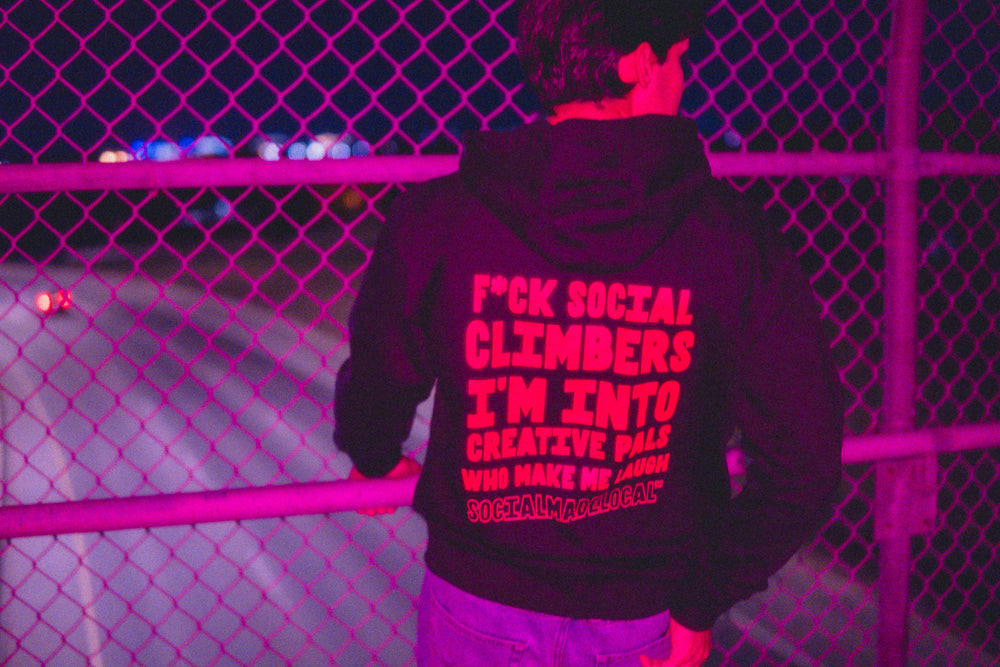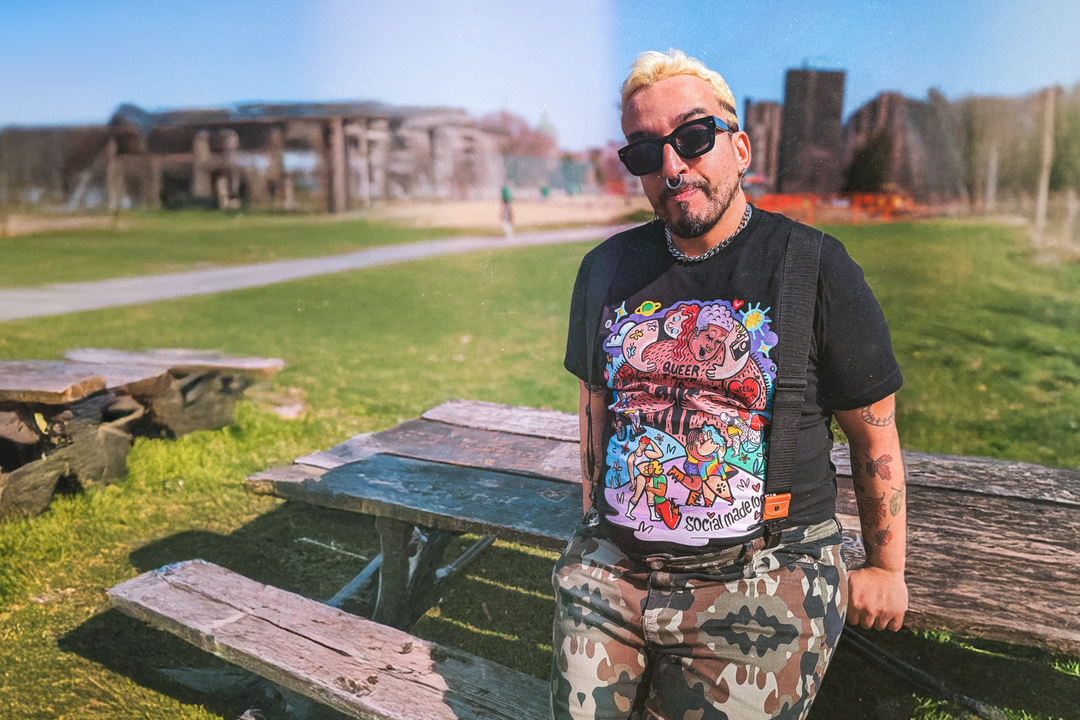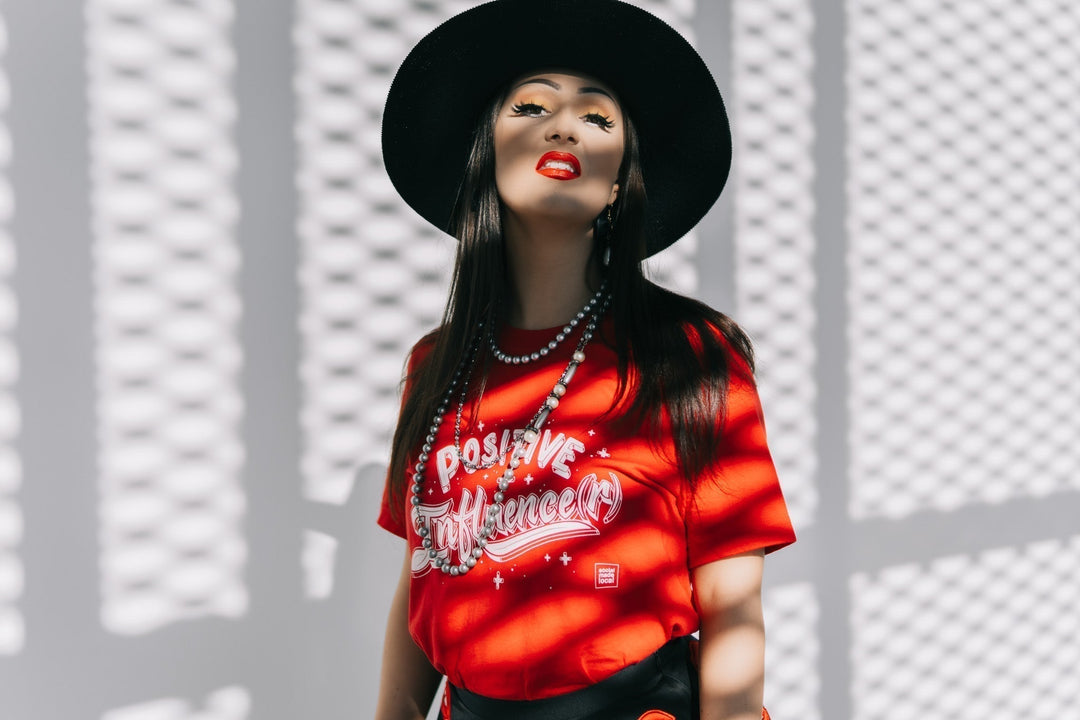Classic Horror Movie Tropes: A Visual Breakdown

Horror movies have a way of sticking with us long after the credits roll. From chilling soundtracks to spine-tingling jump scares, these films create a sensory experience that captivates audiences. But it's the visual elements—the classic tropes—that often leave the most lasting impression. For photographers and videographers, these tropes aren't just part of the genre's charm; they're essential tools for creating compelling and memorable visuals. In this blog, we will break down a few of our favourites.
The Creepy Toy
The creepy toy or doll trope taps into our collective unease about lifelike objects that seem to have a will of their own. This discomfort often stems from the uncanny valley effect, where something that looks almost human feels off, creating an unsettling feeling.
The key to capturing the eerie essence of a creepy toy lies in lighting and angles. Dim, shadowed lighting can enhance the doll's unsettling features, while a close-up shot focusing on the doll's eyes or cracked face can evoke a sense of dread. Using a shallow depth of field can isolate the doll from its surroundings, intensifying its menacing presence.
The Abandoned Building
Abandoned buildings are a staple in horror due to their real-world history and architectural decay. These settings evoke a sense of forgotten history and lurking danger, tapping into our fears of isolation and the unknown.
To capture the eerie beauty of an abandoned building, play with wide-angle shots to emphasize the vast emptiness and decaying structures. High-contrast black-and-white photography can highlight the textures and shadows, creating a timeless, haunting effect. Utilizing natural light through broken windows can also enhance the atmosphere, casting dramatic, ghostly shadows.
The Jump Scare
Jump scares are designed to provoke a sudden, intense reaction from the audience. They exploit our natural startle reflex and are often used to heighten suspense and fear.
Timing and composition are crucial to capturing the essence of a jump scare. Focus on creating a build-up of tension through tight, claustrophobic shots and slow reveals. When the scare hits, use quick cuts or sudden changes in lighting to maximize the shock effect.
The Final Girl
The final girl trope represents the classic horror narrative of survival against all odds. She often embodies purity and virtue, serving as a counterpoint to the film's other characters who meet grim fates.
The final girl's journey can be visually compelling through close-ups and emotional expressions. Capturing her in moments of vulnerability and strength, framed against the film's chaotic background, can emphasize her role as the lone survivor. The use of high and low angles can also convey her shifting power dynamics throughout the film.
The Masked Villain
The masked villain trope plays on our fear of the unknown and the facelessness of danger. Masks conceal identity, creating an aura of mystery and making the villain's intentions and emotions unreadable. This trope also amplifies the horror by making the antagonist more enigmatic and unsettling.
Capturing the essence of a masked villain involves focusing on the mask's design and the effect it has on the scene. Dramatic lighting can enhance the mask's features and create eerie shadows. Use close-ups to highlight intricate details of the mask, such as cracks, distortions, or unsettling patterns. Incorporating reflections or distortions in the mask can add to its menacing quality. When the villain is in motion, dynamic angles and low-light environments can amplify the sense of threat and foreboding.
These classic horror movie tropes resonate with us because they tap into deep-seated fears and cultural myths. For photographers and videographers, understanding these visual elements can enhance your ability to create evocative and atmospheric imagery. By exploring the interplay of light, shadow, and composition, you can harness the power of these themes to tell your own chilling stories, capturing the essence of horror in a way that's both captivating and unforgettable.
Written by Tyler B. (he/they)








Leave a comment